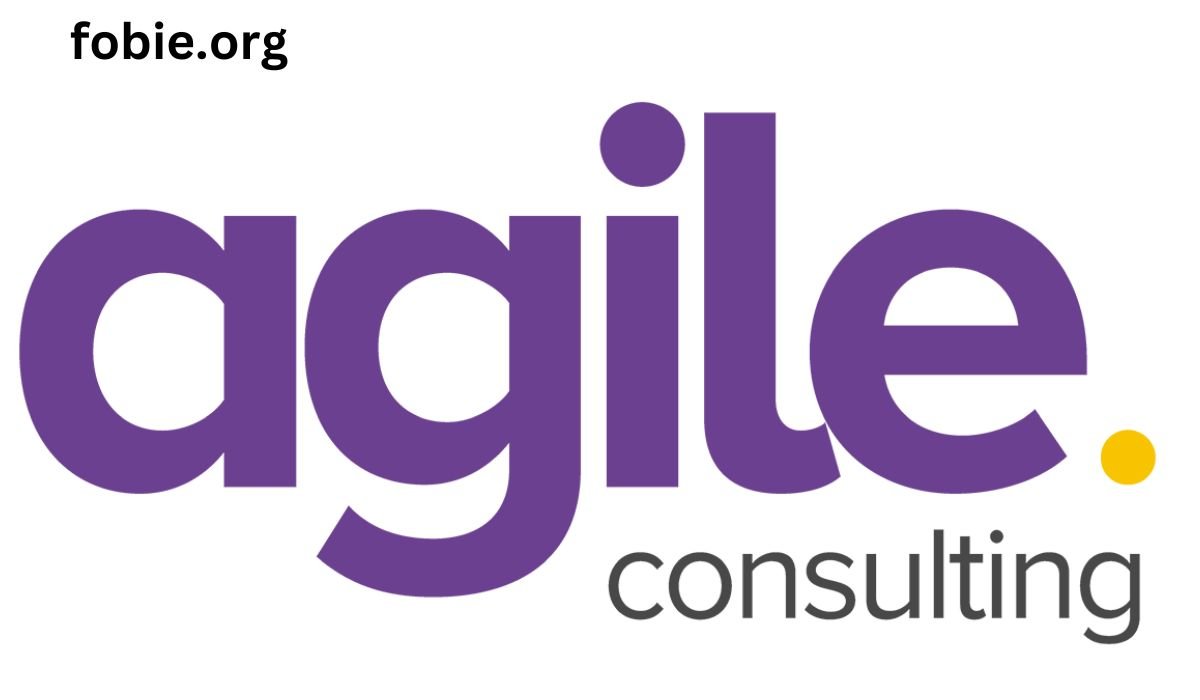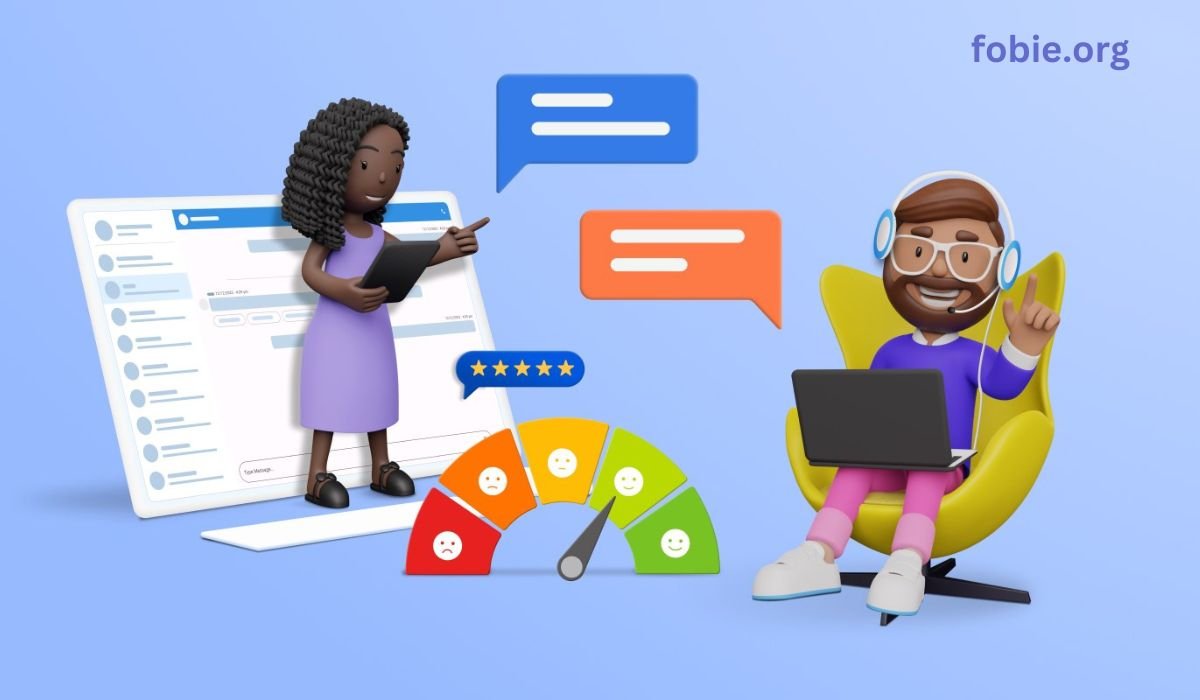Key Takeaways
- Diversity training fosters an inclusive work environment.
- Effective diversity programs can improve team collaboration and creativity.
- Understanding and addressing biases is essential for workplace harmony.
- Comprehensive diversity training includes real-life scenarios and ongoing education.
Importance of Diversity Training
Diversity training is essential in creating a work environment that promotes inclusion and where every team member is appreciated and treated with respect. DEI training programs help organizations understand and embrace diverse perspectives. It, in turn, fosters a culture of acceptance and collaboration, making it easier for employees to work together harmoniously. Culturally competent teams are adept at navigating different viewpoints, which can smooth over conflicts and misunderstandings from diverse work environments.
By incorporating DEI training into workplace initiatives, organizations can proactively address potential issues stemming from cultural misunderstandings and biases. These issues, if left unaddressed, can evolve into more significant conflicts that disrupt workplace harmony and productivity. Fostering an environment that values diversity shows employees that the organization is committed to equality and respect for all, which can significantly boost morale and loyalty. Structuring these programs effectively ensures that all employees have the tools to contribute positively to the company culture. This proactive approach demonstrates the organization’s commitment to fostering an inclusive environment.
Benefits of Inclusive Work Environments
Inclusive workplaces are known to boost innovation and creativity within teams. Employees from varied backgrounds contribute unique ideas, leading to more dynamic and effective problem-solving. Varied teams can approach problems from different perspectives, leading to fresh ideas, enhanced offerings, and a stronger position in the market. Each team member’s other life experiences and perspectives can spark fresh ideas that may not emerge in more homogenous groups.
Additionally, inclusive environments foster a sense of belonging among employees. When people feel accepted and valued, job satisfaction increases, leading to lower turnover rates and enhanced overall performance. Employee morale and engagement are also lifted when individuals know their unique perspectives are welcomed and appreciated, creating a more positive atmosphere overall. Furthermore, companies known for their commitment to diversity and inclusion tend to attract top talent, as prospective employees look for workplaces that align with their values.
Components of Effective Diversity Programs
- Comprehensive training modules
- Interactive workshops and discussions
- Continuous feedback mechanisms
Effective diversity programs go beyond surface-level training by incorporating interactive elements and ongoing assessments to ensure continuous growth and improvement. Structured programs might include real-life scenarios, role-playing exercises, and regular discussions to keep the dialogue on diversity continuing and relevant. These interactive components allow employees to apply what they’ve learned in a safe, guided environment, making the lessons more impactful and memorable. The goal is to create an engaging, immersive training experience that resonates with employees and encourages long-term behavioral change.
Comprehensive Training Modules
Training modules should cover various aspects of diversity, equity, and inclusion. These modules might include videos, reading materials, and quizzes to ensure employees understand the core concepts. Comprehensive modules help create a solid foundation of DEI principles across the organization. Modules can be customized to address specific challenges and scenarios relevant to the organization, making the training more relatable and actionable for employees.
Interactive Workshops and Discussions
Hosting workshops where employees can discuss diversity-related topics openly fosters a deeper understanding and commitment to DEI principles. These meetings provide a platform for staff to share their insights and personal encounters, promoting awareness and consideration within the team. Workshops can be facilitated by experienced trainers who guide discussions and help participants explore different perspectives. Interactive sessions also include group projects and role-playing exercises that reinforce key concepts.
Continuous Feedback Mechanisms
Regular feedback sessions enable employees to express their experiences and offer recommendations to enhance the training programs. This feedback is crucial for making the programs more effective and relevant. It will enable trainers to identify areas needing more focus and ensure the training evolves alongside the workforce’s needs. Feedback mechanisms can include surveys, focus groups, and one-on-one interviews, providing a comprehensive view of the training’s impact. Organizations can continuously improve their DEI training programs by actively seeking and incorporating employee feedback.
Addressing Biases in the Workplace
Prejudices, whether deliberate or not, can greatly influence the interactions within a workplace. Addressing these biases through educational programs and open discussions can create a more harmonious and productive work environment. Training programs must include specific content on recognizing and mitigating these biases. Training on bias helps employees identify their subconscious biases and equip them with techniques to combat them in their daily interactions.
Companies can conduct regular bias training sessions and ensure these are integrated into the broader DEI initiatives. This helps create a consistent approach toward eliminating potential workplace biases. Organizations that actively address biases promote fairness, improve employee relations, and enhance workplace cohesion. Bias training should be ongoing, with periodic refreshers and updates to keep the content relevant and effective. Establishing a culture where employees are comfortable talking about and handling biases can increase transparent and sincere communication, enhancing the workplace’s inclusivity.
Ongoing Education and Improvement
Diversity training is not a one-off event but a continuous process. Regular updates and refreshers are crucial to keeping up with evolving societal norms and ensuring all employees remain informed and aware. Updating training materials and offering advanced courses can make a substantial difference in staying current with best practices and new research in the field. To reinforce their importance, organizations should consider integrating DEI principles into other training programs and professional development opportunities.
Organizations should also stay informed about new developments in diversity research to refine their DEI strategies continually. Engaging with the latest research and trends demonstrates a commitment to the principles of diversity and inclusion, ensuring that the company’s practices evolve alongside broader societal changes. Partnering with experts and leveraging external resources can provide fresh insights and innovative approaches to DEI training. This ongoing education exemplifies a genuine dedication to building an inclusive, forward-thinking workplace.
Real-Life Examples and Case Studies
Many organizations have successfully implemented diversity training programs that positively impact their workplace culture. Case studies offer valuable insights and practical examples to emulate. For instance, some companies have reported increased employee engagement and lower turnover rates after launching comprehensive DEI training programs, demonstrating the tangible benefits of these initiatives.
By examining these real-life success stories, organizations can draw inspiration and gather actionable steps to implement their diversity initiatives effectively. By observing the achievements and obstacles others face, one can develop a strategy to establish an inclusive work environment. Organizations can adapt these best practices to fit their unique context and needs, ensuring a tailored approach to diversity training. Additionally, sharing success stories with employees can foster a sense of pride and collective achievement, further reinforcing the importance of DEI initiatives.
Conclusion
Incorporating comprehensive diversity training into workplace culture is critical to fostering an environment where every employee can thrive. By prioritizing inclusivity, companies can improve collaboration, encourage creativity, and promote a more vibrant workplace. Properly implemented DEI training ensures that all team members are equipped to contribute to a cohesive and productive workplace. Embracing diversity benefits the organization internally and enhances its reputation externally, attracting top talent and fostering positive relationships with customers and stakeholders.











